The Jiangxi Student Demonstrations
(Northeast Education Net) October 24, 2006.
[in translation]
Student recruitment is just like pyramid-scheme sales. Many higher educational institutes tell the reporter that they and their fellow students were tricked into coming to school, and they were encouraged to engage in recruitment drives for pay. Is what the students say true? What kind of school is that?
"We are telling you all this in anger. We hope that you understand how we feel at this moment. We came from all over the country with the same admission letter which states: a four-year undergraduate program. We arrived at the school, we paid the tuition fees and we discovered that the undergraduate program does not exist. We don't even know whether we will get any legal diploma."
This is a letter from a current university student to the reporter. He wrote in the letter that he had already studied two years in university, but he still does not know what his status is.
"More than 18,000 students were deceived. We don't know what our future will be."
This student said that he is attending the Jiangxi Clothing Vocational School. Is his claim true?
Proceeding south from Jiangxi's capital Nancheng, there is a sign that reads: "Chinese Special University" directing the reporter to the Jiangxi Clothing Vocational School in rural Nancheng. This European-style campus looks very impressive. The reporter found the student Lin who wrote him.
Lin: My family thinks that I am in an undergraduate program. Actually, we have no idea what our status is.
When the student Han heard that a reporter was here, he came and insisted that he conduct an open interview with us.
Han: I want more people to learn the truth and not be deceived.
Reporter: You received an undergraduate admission letter?
Han: Yes.
The reporter went to the Jiangxi province Ministry of Education website and found out that the Jiangxi Clothing Vocational School is a private vocational school which is not qualified to issue an undergraduate diploma. Lin said that he found that out only after he arrived at the school.
After further research, we found out that the Jiangxi Clothing Vocational School not only had no authorization to issue undergraduate diplomas, but it only received authorization to recruit students in 2003. Between 2003 and 2005, the Ministry of Education gave permission to the school to admit 4,350 students. Yet there are as many as 18,000 students at school right now. In other words, more than 10,000 students are not covered in the plan. According to the regulations, the student recruitment plan is tied in with the diplomas that the students can receive. Therefore Han is worried about whether he will even receive a vocation school diploma.
Han said that there are plenty of students who are unsure of their status at school.
The reporter went to the Jiangxi province Ministry of Education and learned that the only way for students not in the plan to receive a nationally recognized vocational diploma is through achievement testing.
Reporter: For these students that were recruited outside of the plan, you are basically just organizing them to study.
Zeng Xueyan (Jiangxi Clothing Vocational School Student Affairs Director): Yes.
Reporter: Those who are outside the plan and failed the achievement test will ultimately receive what?
Zeng: We will issue a certificate of academic achievement to them.
Reporter: What does the certificate of academic achievement prove?
Zeng: It proves that he studied for three years with passing grades.
From the Student Affairs Office, we learned that about half of the more than 2,000 students admitted in 2003 received only a certificate of academic achievement. Many of the current students did not know that. Han told us that in order to understand their status, they had gone on strike to force a reply, but there has not been a public answer yet.
So how does the school recruit students? Lin who wrote us had participated in student recruitment. He explained to us the details behind the scheme.
Lin: Recruitment works the same way as pyramid-scheme sales. The school is the headquarters. Underneath it are the division chiefs who are responsible for several proveniences. Underneath them are the provincial-level representatives under whom are many city- and county-level representatives.
Lin told us that the big increase in students the past two years is closely related to the recruitment method.
In order verify Lin's claims, the reporter went to the recruitment office to say that he wanted to be a recruitment representative.
At the recruitment office hall, he saw various signs for different provinces. The reporter claimed to be able to represent the school in some place in Hebei, and he contacted a teacher named Wu who is in charge of Hebei province.
According to teacher Wu, there is already a recruitment network everywhere in Hebei and they don't need more people. But she still took the reporter's telephone number and promised to contact the reporter if the need should ever arise. So the reporter asked about the compensation.
Wu: That depends on the situation. It depends on your previous quota, your average performance and you reported results. The amount varies.
Reporter: What is the maximum?
Wu: The maximum is 1,000 RMB.
Reporter: Per student.
Wu: yes.
The current regulations from the Ministry of Education strictly forbid the use of middleman agencies to recruit students. Lin told me that apart from the network of representatives, many current students are involved in recruitment as well.
Lin: One person out of three is doing it. In my dormitory room, three out of the six persons are recruiting.
The student Wang Gang said that he recruited four people last year and received 3,200 RMB in compensation.
(The Guardian) Police sent in to quell China college unrest. By Jonathan Watts. October 25, 2006.
Riot police have been dispatched to a college campus in eastern China after a protest by students led to an outbreak of looting and vandalism. The violence at the Clothing Vocational College in Jiangxi province was the second major case of campus unrest in less than six months to be sparked by accusations that profit-orientated education authorities have deceived students about the value of their diplomas. No domestic news organisation reported on the demonstration. Censors have previously blocked coverage of student protests, which have been considered politically sensitive since the Tiananmen Square crackdown in 1989.
Students said a large crowd, filling almost two-thirds of a football pitch, had staged a demonstration on Monday and demanded to meet the college authorities, prompting clashes with the police. “There were about 60 riot police. I heard some students attacked them,” a female student who gave only her surname Chen, told the Guardian. “Classes have been suspended since the start of protests. We were supposed to start lessons again today but no one attended. We don’t know what to do. Many people want to quit school.” Police told Reuters news agency that the students “committed extreme acts such as vandalising and looting”. Students blamed the theft of computers and the smashing of office windows on local hoodlums who had snuck into the campus during the disturbance.
In contrast to the widespread student protests 15 years ago, most recent campus disturbances have been prompted by personal concerns about the value of degrees rather than political idealism. Many undergraduates are disgruntled about the increasing cost of education, the selling of diplomas and the tight job market for graduates. This week’s riot broke out within hours of the broadcast of a TV documentary that accused the privately run college of massive over-enrolment and deception of students to boost its revenues. According to the TV investigation about 20,000 students have been recruited in the past three years by promising them diplomas the school was not qualified to award.
(Reuters) China students riot. October 25, 2006.
Thousands of university students rioted in eastern China this week, officials and students said on Wednesday, as the police chief called for greater efforts to tame rising unrest. Students from Jiangxi province's Clothing Vocational College marched through campus on Monday after state media reported that school authorities had deceived new students about their eventual qualifications and issued fake diplomas. "They (students) committed extreme acts such as vandalising and looting," an officer at the Jiangxi provincial police department told Reuters by telephone. "Anti-riot police have been stationed on campus to maintain order."
But some students interviewed denied any wrongdoing and blamed the damage on hooligans from nearby neighbourhoods who took advantage of the chaos on Tuesday. "It's people from the outside who smashed the offices and took away computers," one student said. "Students were discontented, but we just marched and demanded a response from the school." The student and others reached by phone said there had been no serious injuries or detentions by police. The campus returned to normal on Wednesday. China's state television aired a lengthy investigative report on Monday on how the privately run college had recruited about 20,000 students, well above approved quotas, in the past three years by promising them diplomas it was not qualified to award.
(ChineseNewsNet) (October 30, 2006)
According to Wen Wei Po and South China Morning Post in Hong Kong, the local Jiangxi government was worried that tens of thousands of students in the 10 private colleges may go into the streets to demonstrate and therefore deployed several thousand police. Due to the close watch by the police, the Jiangxi students could not hold the demonstration. The information is that provincial governor Huang Zhiquan will be transferred to become a deputy director of the national People's Congress environmental and resources protection committee.
According to Hong Kong Wen Wei Po, the top Jiangxi leaders including provincial party secretary Men Jianchu and provincial governor Huang Zhiquan personally supervised the police to stop the students from demosntrators. Tens of thousands of students at the private colleges had said that they would be demonstrating. Meng Jianchu and Huang Zhiquan gave instructions to the relevant departments, and they asked the Nancheng public security bureau to handle the potential student demonstration appropriately.
The authorities halted the leave/vacation days for the police and assigned additional police to guard the 8/1 Plaza and the adjacent provincial government office buildings. With the tight control of the police, the students had no chance to demonstrate in the streets. Reports say that in reaction to potentially tens of thousands of students from ten private colleges demonstrating and rioting, several thousand policemen watched over 8/1 Plaza. They even ate lunch boxes right at the square around noon. They stayed until 4pm before they gradually left tourists and citizens enter the plaza. The police were still there by 9pm that evening.
... Reports say that many different groups of police were present at the 8/1 Plaza. There were militia police and armed police on all sides of the Plaza, forming two human walls that prevented people from entering. Within the plaza, the armed police holding batons were marching and training. The reporter estimated that there were more than 2,000 persons. According to another police officer, many more people were working back at the office but they are dressed in uniform and ready to go upon orders.
Some tourists did not understand and they asked the police: can they enter the Plaza to take photographs? The police refused. When asked "Why?", the police said either "training" or "drills." Many young people were saying: "Student power is great because so many police had to be mobilized." Others said, "What is this? They mobilized so many policemen to handle unarmed students?"
The reporter could not see many students in the 8/1 Plaza. A students at the Jiangxi Lantian Institute said that the school forbade them from going out and therefore they could not join any demonstration. A teacher at the Jiangxi Clothing Vocational School said that their students were definitely not there because those who have withdrawn from school have left while the remaining students are being watched by the police.
... According to information, the demands of the students are as follows:
1. The withdrawal rate was highest among the first-year students: they want the school to refund the tuition fees that they have already paid.
2. The retention rate was highest among the second-year students: they want the Department of Education to mediate with the school to ensure that they receive a three-year vocational diploma as promised, as opposed to having to take a test and risk not receiving any diploma.
3. The third-year students were most concerned about getting jobs: they hope that the school can issue nationally recognized three-year vocational diplomas to them because they are about to graduate and the diploma directly affects their job searches. On the issue of compensation, they are very agitated because they feel that youth is priceless. Some students concretely demand that they should get more than 60,000 RMB for spiritual losses.
Here is the chronology of events:
At 8:00pm on October 21, some Jiangxi Ganzhou Technical School students had a difference of opinion with the school with respect to the system and several hundred students banded together to vandalize the classrooms, dormitories, windows, vehicles and roads. During the incident, eight offices and three cars were vandalized. In the early morning of October 22, the Jiangxi authorities sent in 300 anti-riot police officers to quell the riot.
On October 23, CCTV's News Investigation program reported the deceptive elements in the system at the Jiangxi Clothing Vocational School. That night, people vandalized the campus, smashed windows, looted computers and torched offices. More than 10,000 students were fearful.
On October 24, an even bigger disturbance occurred at the Jiangxi Clothing Vocational School. More than 5,000 students set fire to classrooms, dormitories and vehicles. According to reports, dozens of local residents took advantage of the situation and looted the school, taking away 1,600 computers and even molesting female students. Reportedly, five unidentified persons were arrested.
On October 26, the students from the ten Jiangxi private schools went through the Internet to call for a 100,000 person march at the 8/1 Plaza in Nanchang on Sunday, October 29. Reportedly, the Jiangxi authorities ordered leave cancelled for 5,000 anti-riot police and be placed on high alert.
(Tai Kung Pao) Octiber 31, 2006.
[in transation]
Concernign the academic system, the Jiangxi Ganzhou Institute of Technology established a special information office. According to a teacher named Zhang: "All students who entered in 2004 and 2005 shall receive a university graduation diploma recognized by the state. If they want to go through an undergraduate program, they can take the adult education test and pass after two years."
When some students wondered why they ought to believe that, Zhang said: "Several days ago, the Minister of Education Zhou Ji came to Jiangxi, considered the special situation in Jiangxi and said that he did not want the incident to blow up. Finally, the decision was made to issue nationally recognized diplomas. The school's proposal and guarantee have been issued to the school's administrator.
Students at the Jiangxi Clothing Vocational School said that that the chancellor has appaered on television and guaranteed with his personal reputation and assets that the students from 2004/2005 shall receive nationally recognized diplomas.
But when the reporter wanted to speak to the Ministry of Ecuation, the response was that no interviews will be accepted because the matter has reached a sensitive stage. Some studenst at the two institues are dubious about the prospects of receiving those nationally recognized diplomas.
(Boxun Part 1 Part 2 Part 3 Part 4 Part 5) (Also YouTube slideshow)

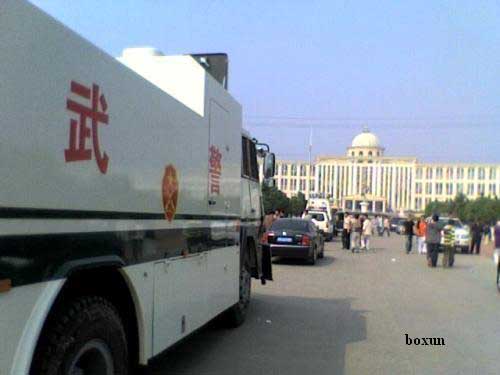
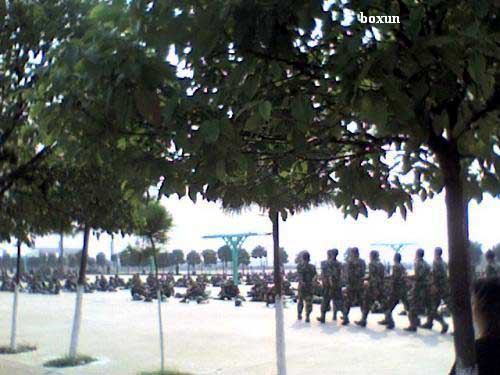
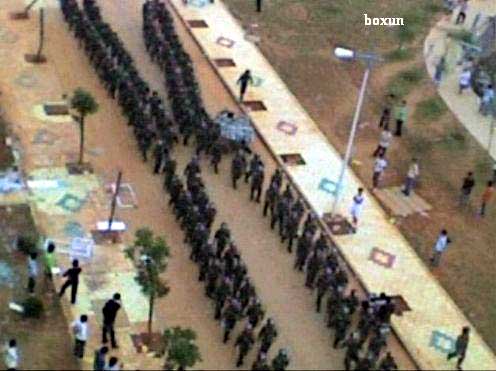
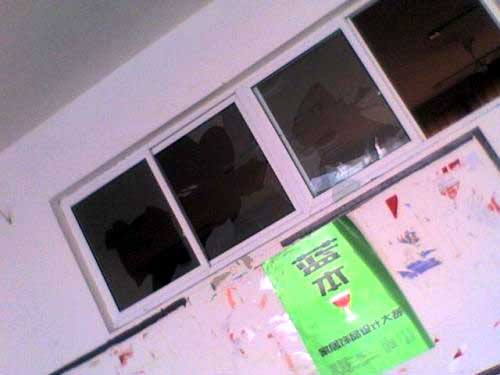
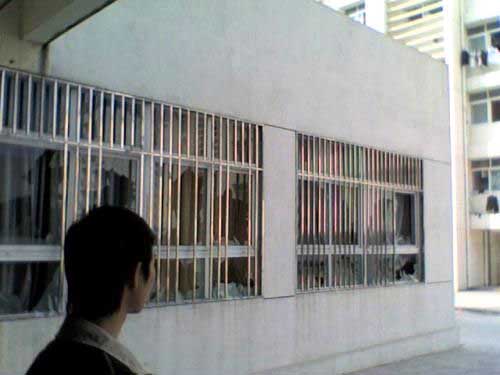
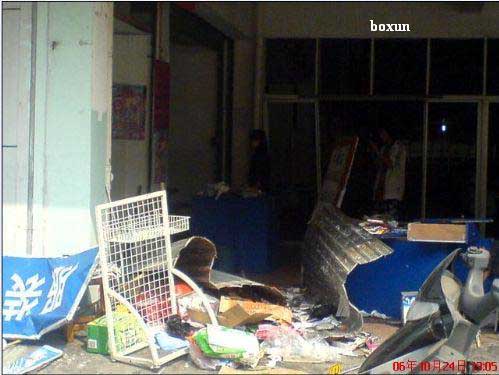
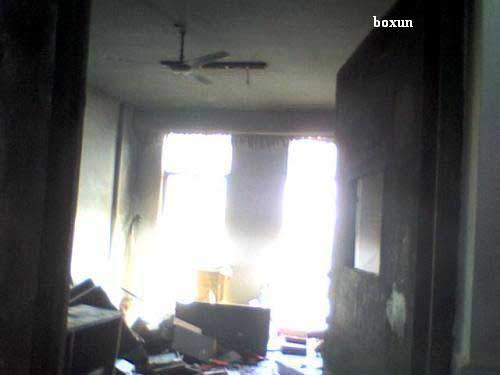
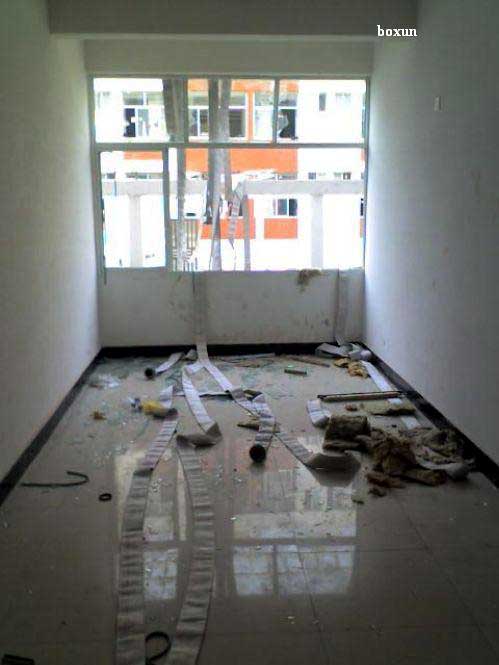
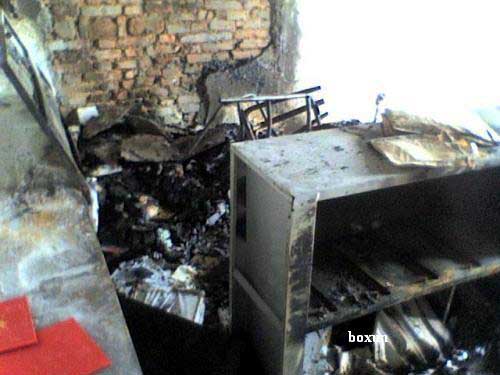
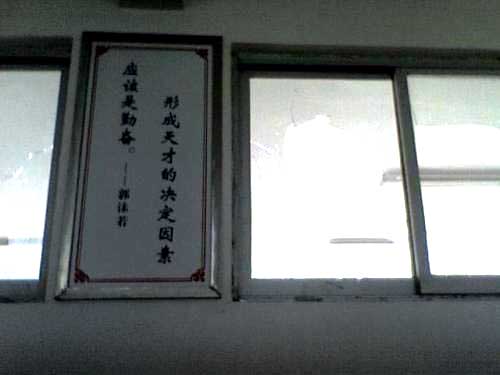
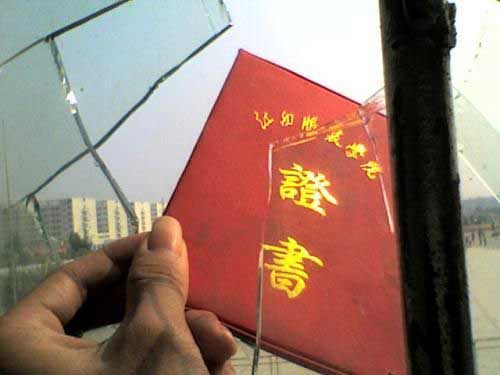
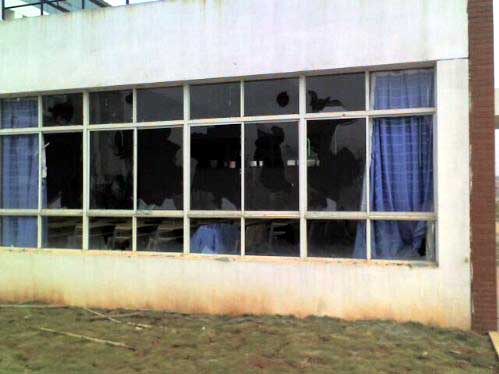
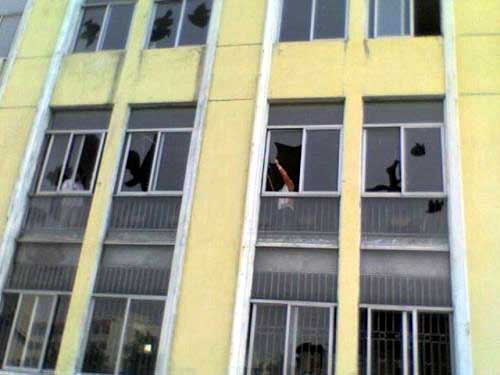
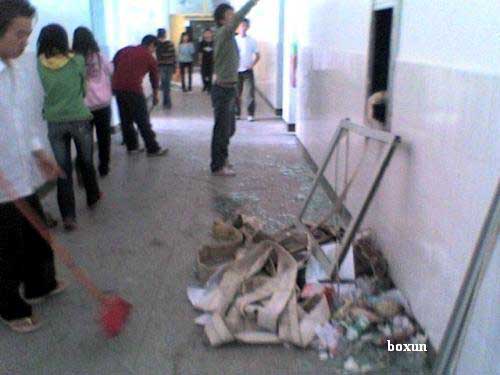
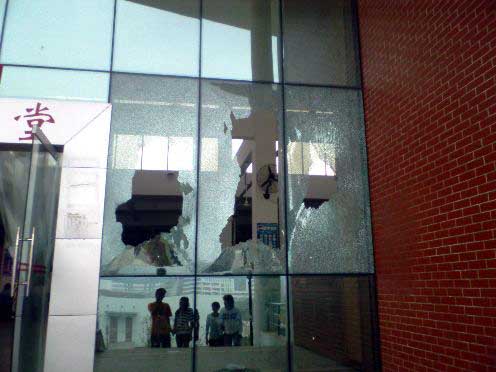
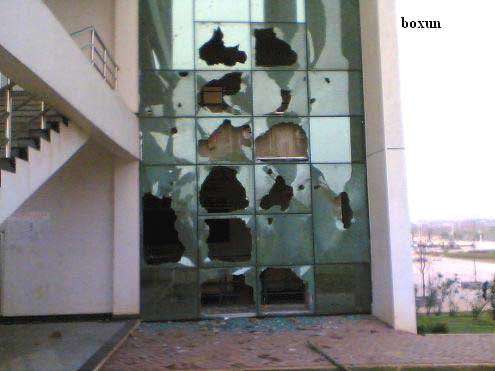
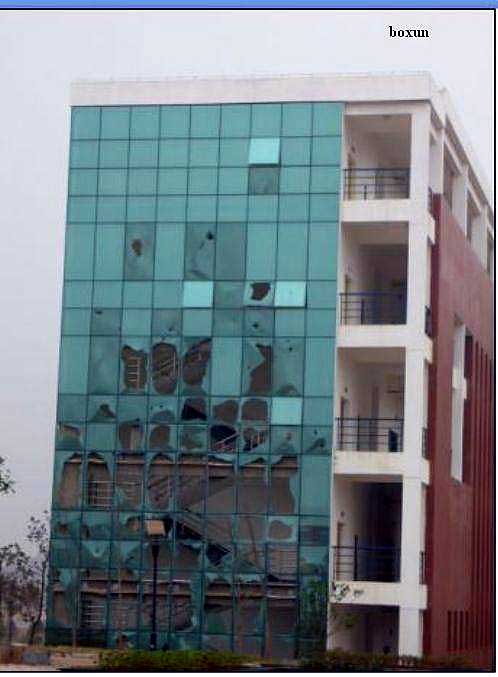
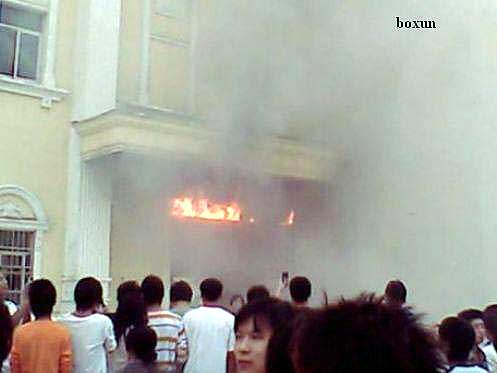
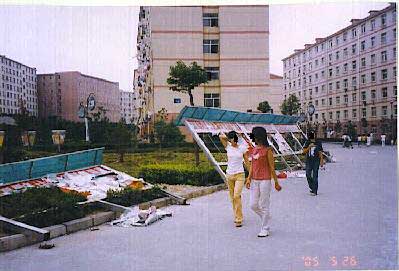
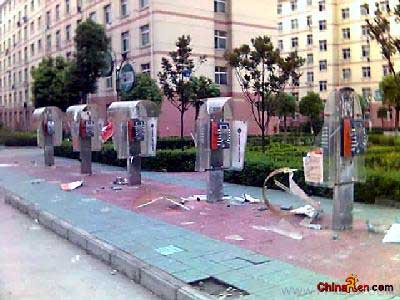
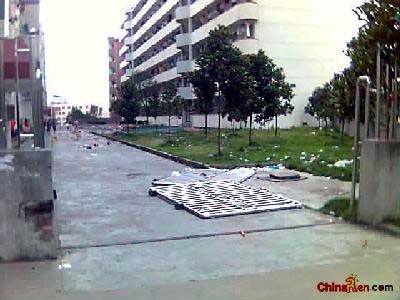
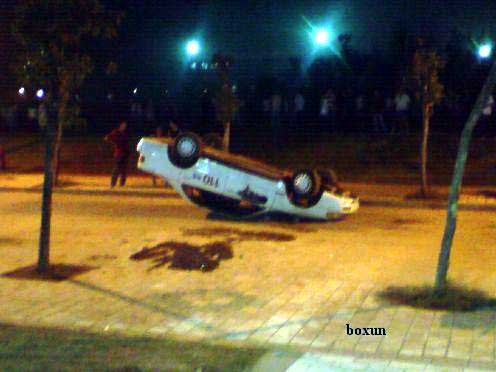
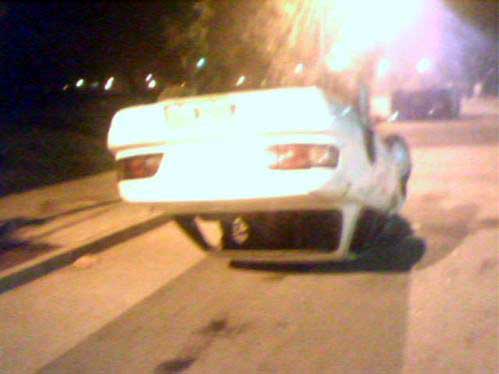
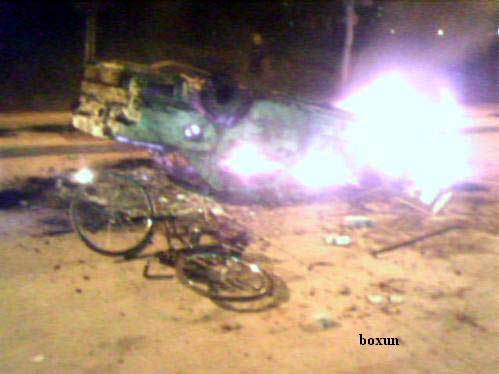
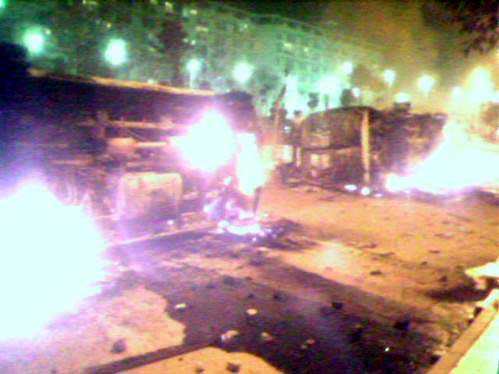
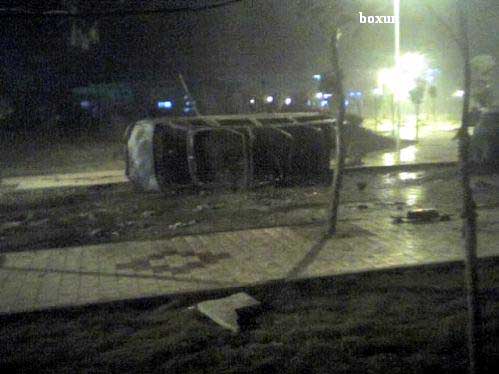
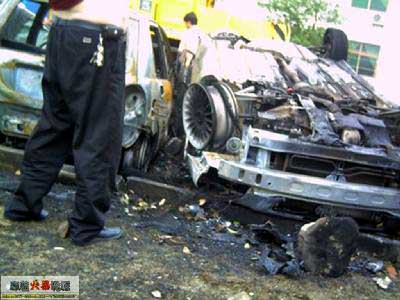
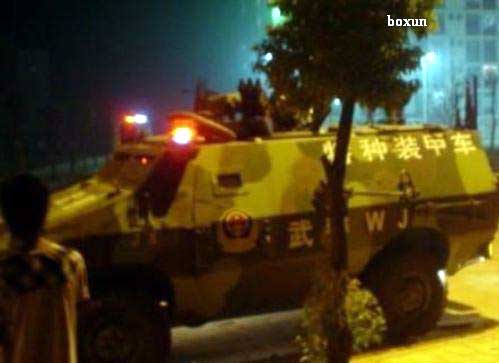
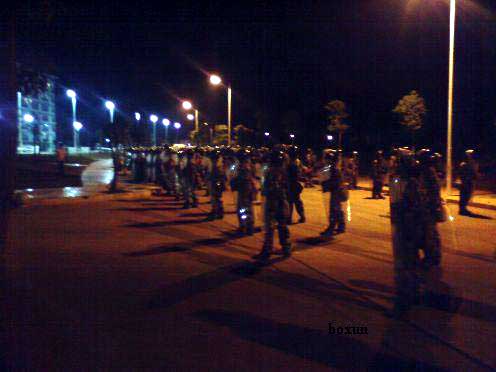
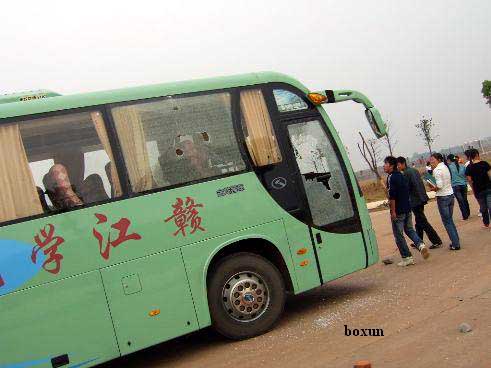
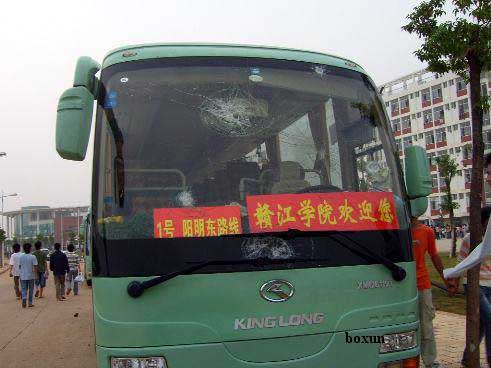
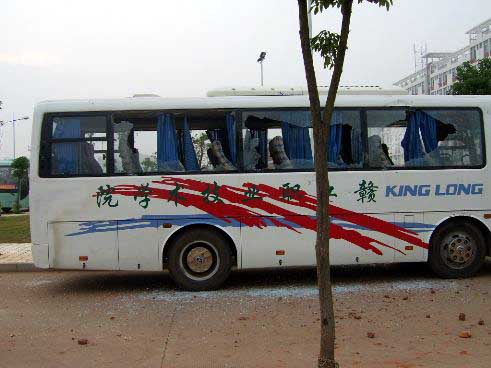

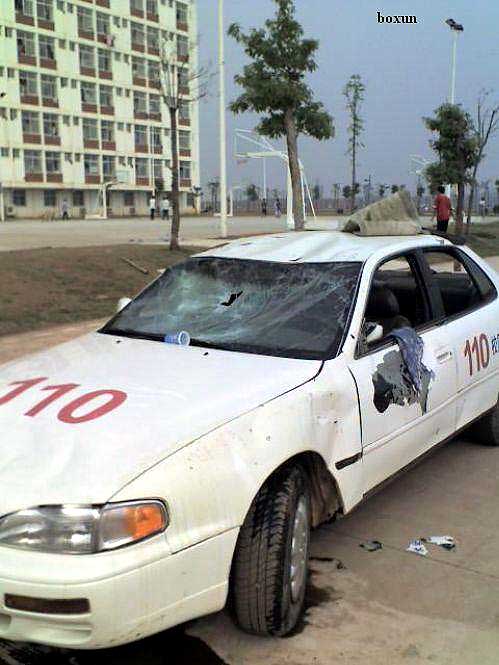
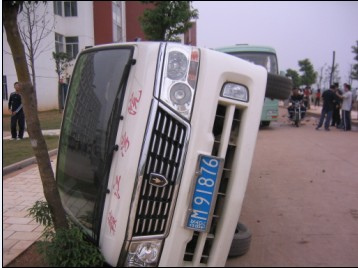

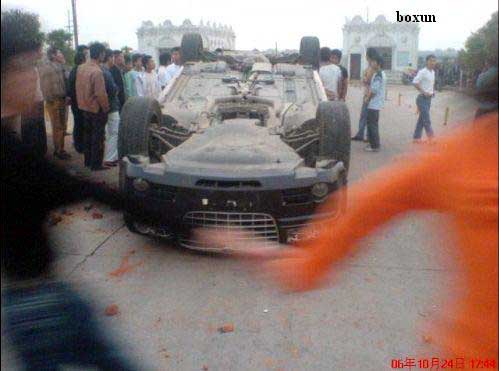

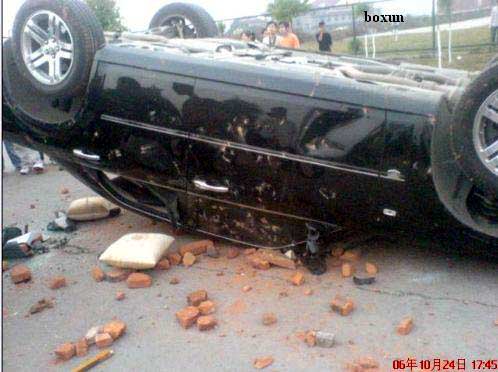

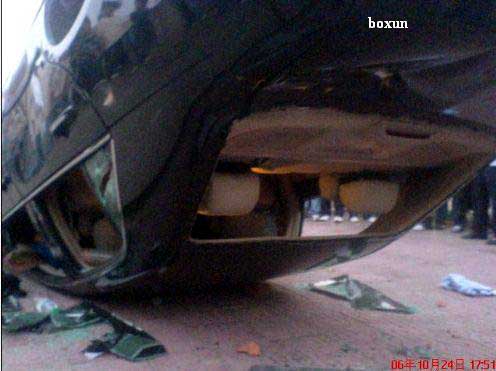
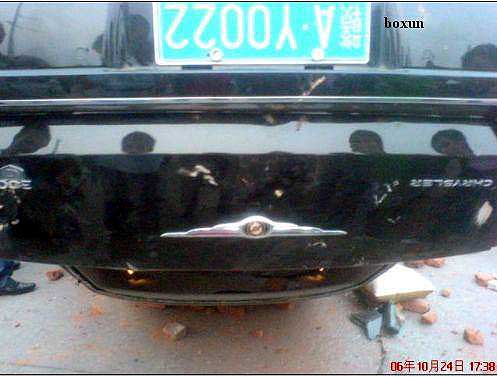
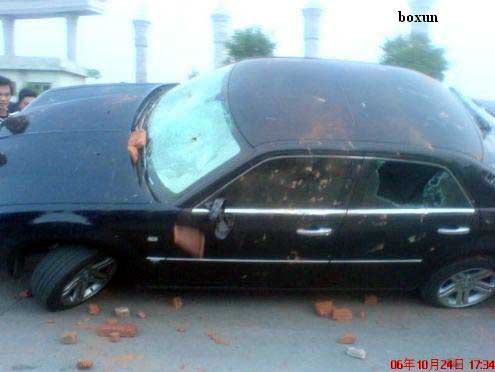
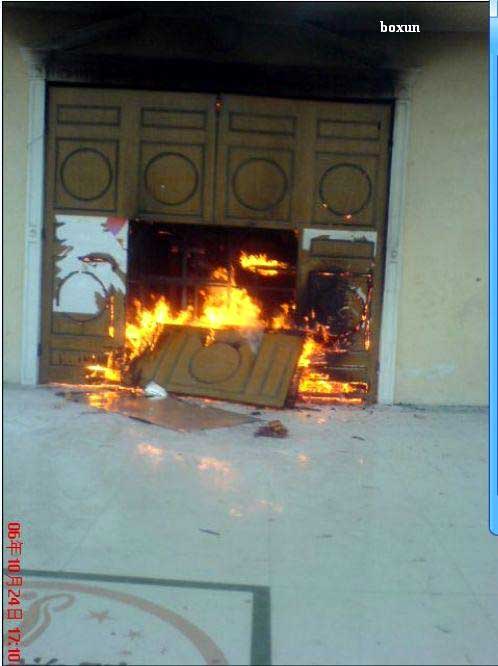


Videos at YouTube: Part 1 Part 2 Part 3 Part 4 Part 5 Part 6 Part 7